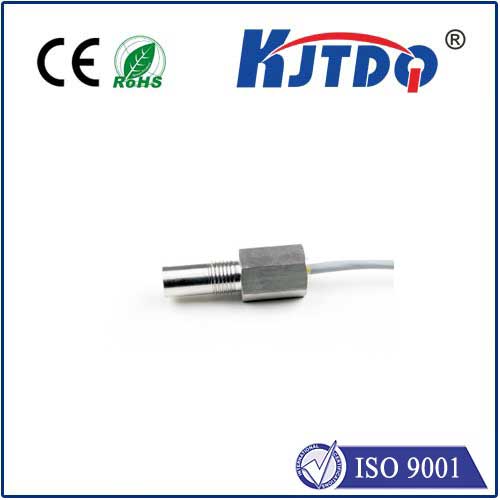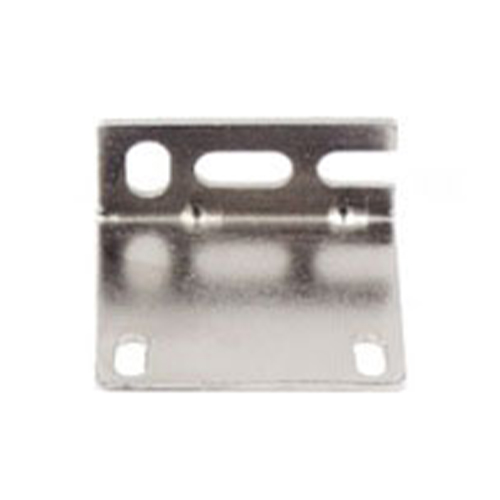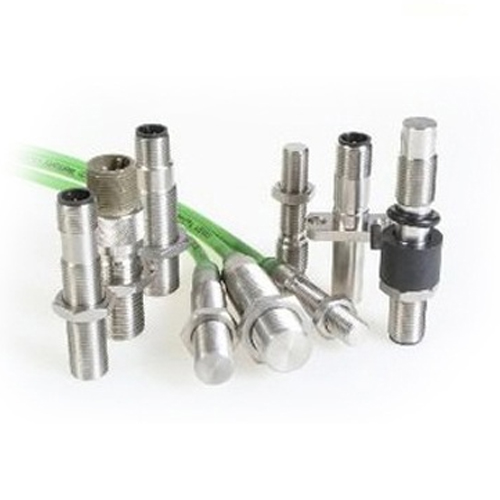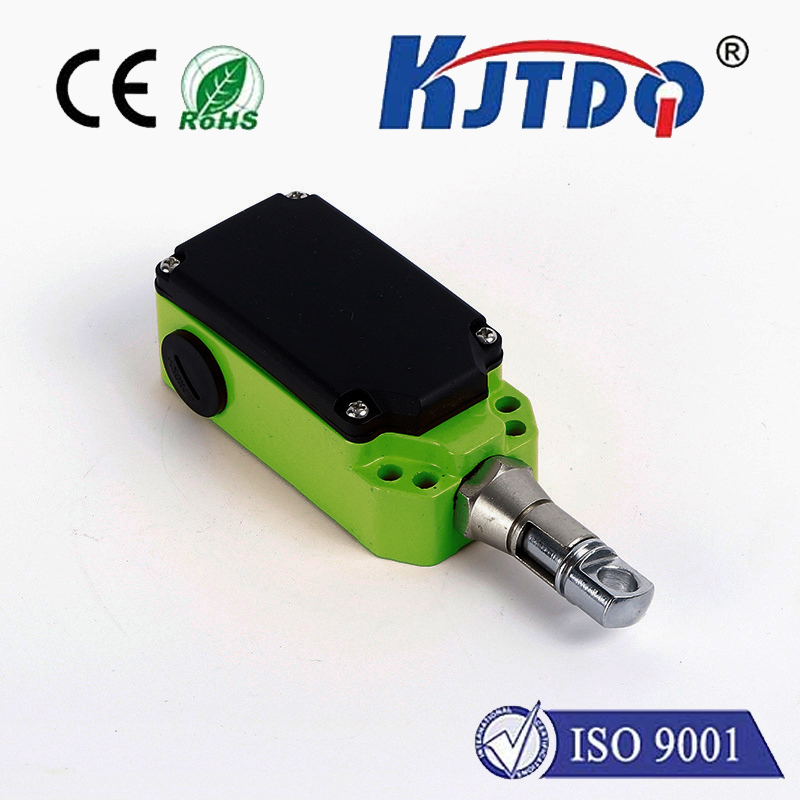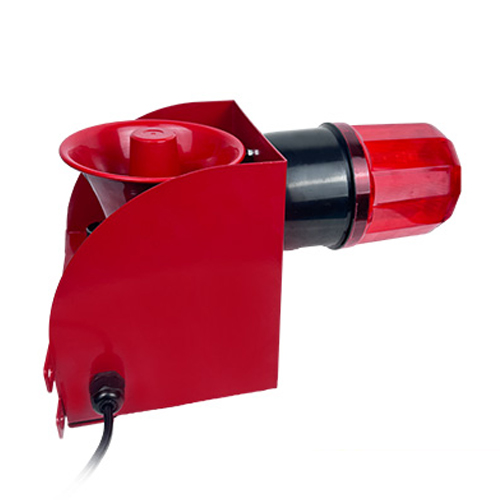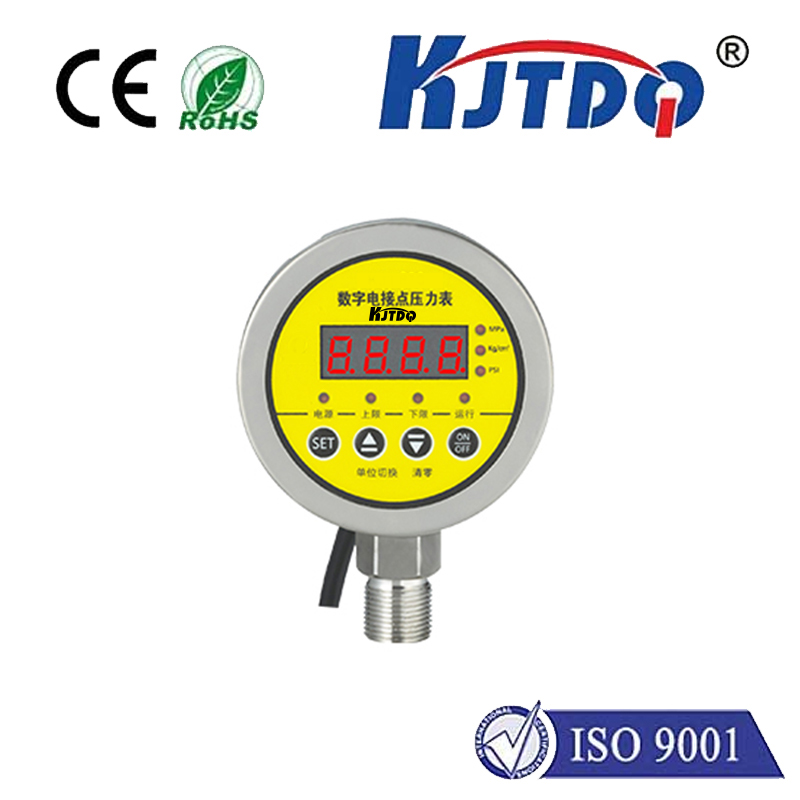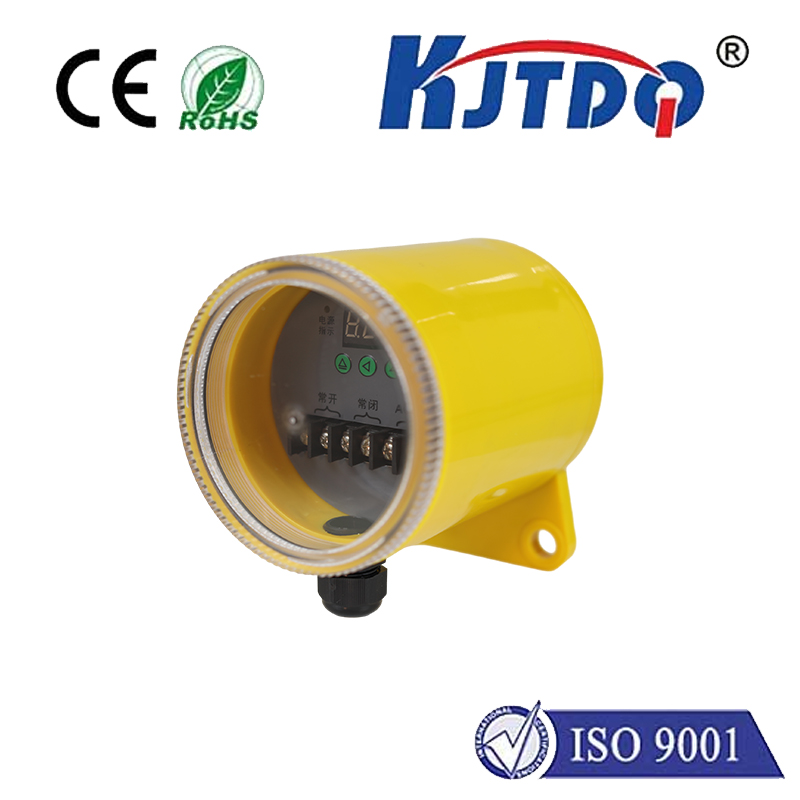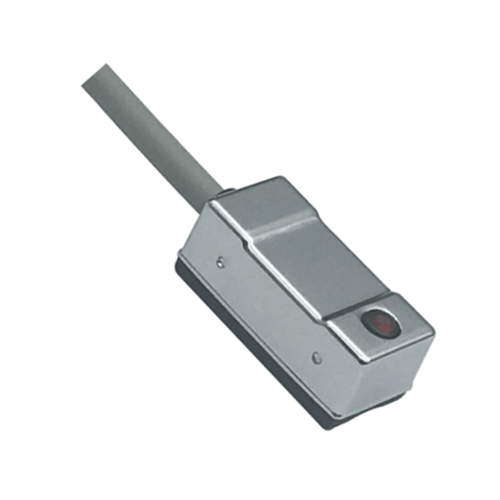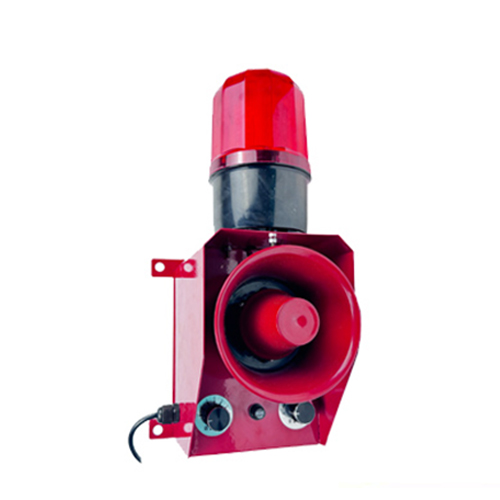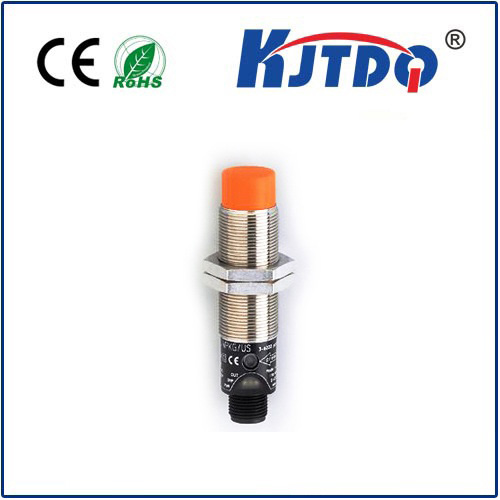Встроенный датчик приближения
- time:2025-06-18 00:36:23
- Нажмите:0
Flush-Mounted Proximity Sensors: The Unsung Heroes of Reliable Non-Contact Detection
Imagine you’re designing a high-speed production line where precision and reliability are paramount. Traditional mechanical switches simply won’t cut it – they wear out, cause downtime, and lack the speed needed for modern automation. This is where flush type proximity sensors step onto the stage, often unseen but critically important. These ingenious electronic devices offer a robust, wear-free solution for object detection in countless industrial and commercial applications, precisely because of their unique mounting capability and shielded design. Understanding how they work and where they excel is key to unlocking their potential.
Decoding the “Flush” in Proximity Sensing
At its core, a proximity sensor detects the presence of a nearby object without physical contact, typically using electromagnetic fields (inductive), light (photoelectric), or ultrasound. What defines a Датчик приближения промывки (sometimes called shielded or embeddable) is its physical design and mounting requirement.
- Shielded Design: Unlike non-flush or unshielded sensors, a Встроенный датчик приближения incorporates a metallic ring surrounding its sensing face. This shield focuses the sensor’s electromagnetic field or light beam directly forward, perpendicular to its face.
- Flush Mounting Requirement: This shielding allows the sensor to be installed flush (level) with its surrounding mounting surface (like metal brackets or machine frames) without causing false triggers or significant reduction in sensing range. The shield effectively contains the field, preventing interference from the metallic mounting structure itself.
How Does a Flush Proximity Sensor Actually Work?
While the underlying technology (inductive, capacitive, photoelectric) dictates how detection happens, the shielded design modifies the field shape:

- Field Concentration: The metallic shield constrains the electromagnetic field (for inductive/capacitive) or acts as a physical baffle (for photoelectric), directing it primarily outwards from the front face.
- Reduced Side Sensitivity: This focused field drastically minimizes the sensor’s sensitivity to objects approaching from the sides or the metal mounting surface itself. It “ignores” the material it’s sunk into.
- Anterior Detection: Detection occurs reliably only when a target object enters the concentrated field projected straight ahead of the sensor’s face. The sensing range is typically shorter than an equivalent unshielded model but is consistent and predictable when mounted correctly.
The Diverse Types of Flush Proximity Sensors
The principle of flush mounting applies across several proximity sensor technologies, each suited to different target materials:
- Inductive Flush Sensors: The most common type. Detect ferrous metals (like iron, steel) and often non-ferrous metals (aluminum, brass, copper) depending on the specific model. They generate an oscillating electromagnetic field. A metallic target entering this field induces eddy currents, causing a detectable change within the sensor.
- Capacitive Flush Sensors: Detect a much wider range of materials – metals, plastics, liquids, powders, wood, etc. They measure changes in capacitance between the sensor’s electrode and a target acting as the second electrode. The shield helps focus the field and minimize false triggers from the mounting structure or background materials.
- Photoelectric Flush Sensors: Primarily through-beam or retro-reflective types (diffuse sensors benefit less from shielding). Here, the “shield” acts as a physical tube or baffle surrounding the lens. This drastically reduces the sensor’s field of view and sensitivity to background light or reflective surfaces not directly in the target path, making detection much more precise. Thru-beam sensors inherently have a narrow beam and often feature housings designed for flush-like mounting stability.
Why Choose a Flush Type Proximity Sensor? The Compelling Advantages
The unique shielded design of flush sensors unlocks significant benefits:
- Non-Contact Sensing: Eliminates wear and tear on both the sensor and target, ensuring exceptionally long operational life and reducing maintenance costs. No physical impact, no friction.
- Mounting Flexibility & Protection: The ability to install flush with surrounding surfaces makes them ideal for tight spaces or where physical protection is needed. The sensor face is less prone to accidental impact or damage compared to protruding sensors.
- Immunity to Surrounding Metal: This is paramount. Flush proximity sensors can be mounted directly within or adjacent to metal brackets, frames, or machinery without causing false triggering, a major limitation for unshielded types.
- Reliability in Demanding Environments: Many flush proximity sensors boast high IP ratings (e.g., IP67, IP68, IP69K), making them resistant to dust, water, oils, coolants, and high-pressure washdowns common in industrial settings.
- High-Speed Operation: Capable of detecting objects at very high speeds – thousands of times per minute – far exceeding the capability of mechanical switches.
- Consistent Detection: Provides a repeatable and reliable switching signal unaffected by surface color, texture (within reason for photoelectrics), or minor target variations.
Flush Proximity Sensor Applications: Where They Truly Shine
Their robustness, reliability, and mounting flexibility make flush type proximity sensors indispensable across industries:
- Machine Tooling: Position verification of metal parts, tool breakage detection in CNC machines, end-of-travel limits.
- Factory Automation: Detecting presence/absence of parts on conveyors, position feedback for cylinders (via metallic piston flags), robotic arm positioning, pallet presence.
- Перевозка материалов: Bottle/can counting on lines, detection of metal bins or racks, level detection in metal silos (capacitive).
- Packaging Machinery: Carton presence detection, film break detection, filling level control (capacitive for liquids/powders).
- Automotive Manufacturing: Wheel presence on assembly lines, door closure verification (using metal striker plates), robotic welding position sensing.
- Food & Beverage Processing: Detecting metal cans, filling levels in stainless steel tanks (capacitive), cap presence detection – utilizing high IP ratings for washdown. Critical for hygiene and safety.
- Hydraulic & Pneumatic Systems: Position sensing of metallic pistons within cylinders.
Selecting the Right Flush Proximity Sensor: Key Considerations
Choosing the optimal sensor involves evaluating several factors:
- Target Material: Metal? Plastic? Liquid? This dictates inductive vs capacitive vs photoelectric technology.
- Required Sensing Range: Flush sensors have shorter ranges than unshielded equivalents. Verify the nominal sensing range (Sn) specified for your target material is sufficient for your application.
- Mounting Environment: Ensure the sensor housing size and thread type (M8, M12, M18, M30 are common) fit your mounting hole. Confirm the required IP rating for dust/water resistance and chemical compatibility.
- Electrical Output: NPN vs PNP transistors? Normally Open (NO) vs Normally Closed (NC)? Does the load match the sensor’s switching capability (current/voltage)?
- Operating Temperature: Will the sensor be exposed to extreme heat or cold? Ensure its specification covers your range.
- Special Features: Some sensors offer IO-Link connectivity for smart diagnostics and parameterization, analog outputs for distance measurement, or enhanced resistance to specific chemicals or welding noise. Tip: When machining the mounting hole, ensure it’s clean and smooth to avoid interfering with the sensor’s shield.
From







